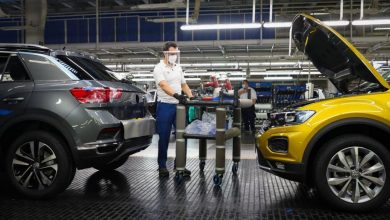
Fusion Energy Gets Ready to Shine—Finally
Three decades and $23.7 billion later, the 25,000-ton International Thermonuclear Experimental Reactor is close to becoming something like the sun.
Until 1920, humans had no real sense of how the sun and stars create their vast amounts of energy. Then, in October of that year, Arthur Stanley Eddington, an English astrophysicist, penned an essay elegantly titled “The Internal Constitution of the Stars.” “A star is drawing on some vast reservoir of energy by means unknown,” he wrote. “This reservoir can scarcely be other than the sub-atomic energy which, it is known, exists abundantly in all matter; we sometimes dream that man will one day learn how to release it and use it for his service.”
From that moment, scientists began the quest to harness unlimited, carbon-free power on earth. They’ve built more than 200 reactors that have tried to slam hydrogen atoms together and release fusion energy. It’s a dream perennially called delusional, impossible, and “always 20 years away.” In 1985, recognizing that no country had the will to solve the world’s most complicated puzzle alone, Ronald Reagan and Mikhail Gorbachev called for an international effort to give it a go.
In 1988, engineers began designing the International Thermonuclear Experimental Reactor, now just ITER. Along the way, 35 nations have split the $23.7 billion price tag to construct its 10 million parts. Now, surrounded by vineyards in France’s Saint-Paul-lès-Durance, the 25,000-ton machine is set to be flipped on in 2025.
The isotopes butting heads will be deuterium and tritium. To get the atoms whipping around the inner chamber of the Russian-nesting-doll-like machine, a magnet will drive 15 million amperes of electricity through them. They’ll also be zapped by 24 microwave generators and three semitruck-sized particle guns, until they reach 270 million degrees F and, avec optimisme, crash into each other, releasing heaps of energy. There’s no guarantee ITER will achieve fusion by 2035, as scheduled. But Edward Morse, who teaches nuclear engineering at UC Berkeley, says it’s the “only viable” hope we have to secure the energy we’ll need over the next millennia: “It’s Rosemary’s baby. We have to pray for Rosemary’s baby.” And if it fails? As Eddington wrote, if man “is not yet destined to reach the sun and solve for all time the riddle of its constitution, yet he may hope to learn from his journey some hints to build a better machine.”
Fonte: Wired





